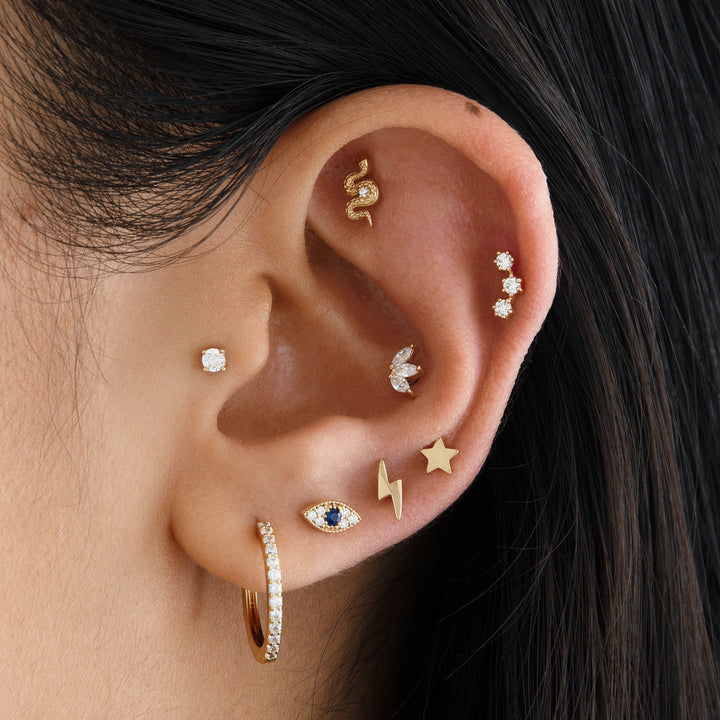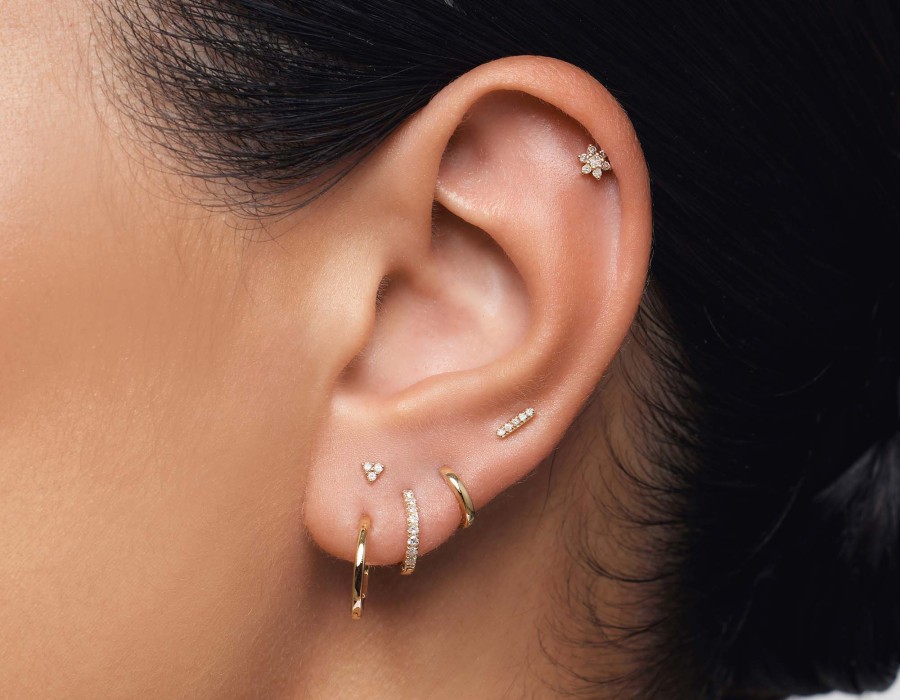Introduction
Ear piercings are a popular form of self-expression, but they can sometimes lead to common problems like infections, swelling, and allergic reactions. Understanding these issues and knowing how to address them can help ensure a smooth healing process and maintain the health of Ear Piercing in Dubai.
Infection
Problem: Infections are one of the most common issues with ear piercings, often resulting from bacteria entering the piercing site. Symptoms include redness, warmth, swelling, pus, and pain.
Solution: To treat a mild infection, clean the area twice daily with a saline solution or an antiseptic specifically designed for piercings. Avoid touching the piercing with dirty hands, and refrain from removing the earring as it could cause the hole to close and trap the infection inside. If the infection persists or worsens, seek medical attention for possible antibiotic treatment.

Swelling
Problem: Swelling is a natural response after getting a piercing, but excessive swelling can be uncomfortable and may indicate a problem, such as an allergic reaction or improper piercing technique.
Solution: Apply a cold compress to the affected area to reduce swelling. Ensure that your earrings are made of hypoallergenic materials like surgical steel or titanium to avoid allergic reactions. If the swelling doesn't subside within a few days, consult a professional piercer or a healthcare provider.
Allergic Reactions
Problem: Some individuals experience allergic reactions to the metals used in earrings, particularly nickel. Symptoms include itching, redness, swelling, and sometimes blistering.
Solution: Switch to hypoallergenic earrings made of surgical steel, titanium, or gold. Avoid nickel-based jewelry, as this metal is a common allergen. If an allergic reaction occurs, remove the earrings and treat the area with a topical antihistamine or corticosteroid cream as recommended by a healthcare professional.
Keloids and Hypertrophic Scarring
Problem: Keloids are raised, thickened scars that can develop at the piercing site, while hypertrophic scars are smaller and more common. Both can be unsightly and uncomfortable.
Solution: Treating keloids and hypertrophic scars can be challenging. Silicone gel sheets or scar creams may help reduce the appearance of these scars over time. In severe cases, steroid injections or surgical removal may be necessary, and it's important to consult a dermatologist for these options.
Piercing Rejection
Problem: Piercing rejection occurs when the body identifies the jewelry as a foreign object and slowly pushes it out of the skin. This often happens with surface piercings or if the jewelry is too close to the skin’s surface.
Solution: If you notice signs of rejection, such as the jewelry moving closer to the skin’s surface, redness, or thinning skin, it’s best to remove the jewelry and allow the piercing to heal. Consult with a professional piercer about the possibility of re-piercing in a different location or using different jewelry.
Ear Lobe Tears
Problem: Ear lobe tears can occur if an earring is pulled too hard or if heavy earrings are worn over time. This can result in a split or elongated piercing hole.
Solution: Minor tears may heal on their own with proper care and avoiding earrings until the area is fully healed. For more severe tears, surgical repair may be necessary. To prevent future tears, avoid wearing heavy earrings and opt for smaller, lightweight designs.
Conclusion
While ear piercings can sometimes lead to common problems, most issues can be resolved with proper care and attention. Understanding how to address these problems effectively will help you maintain healthy and beautiful piercings. If you encounter persistent or severe issues, always consult with a professional piercer or healthcare provider for advice and treatment.





Comments